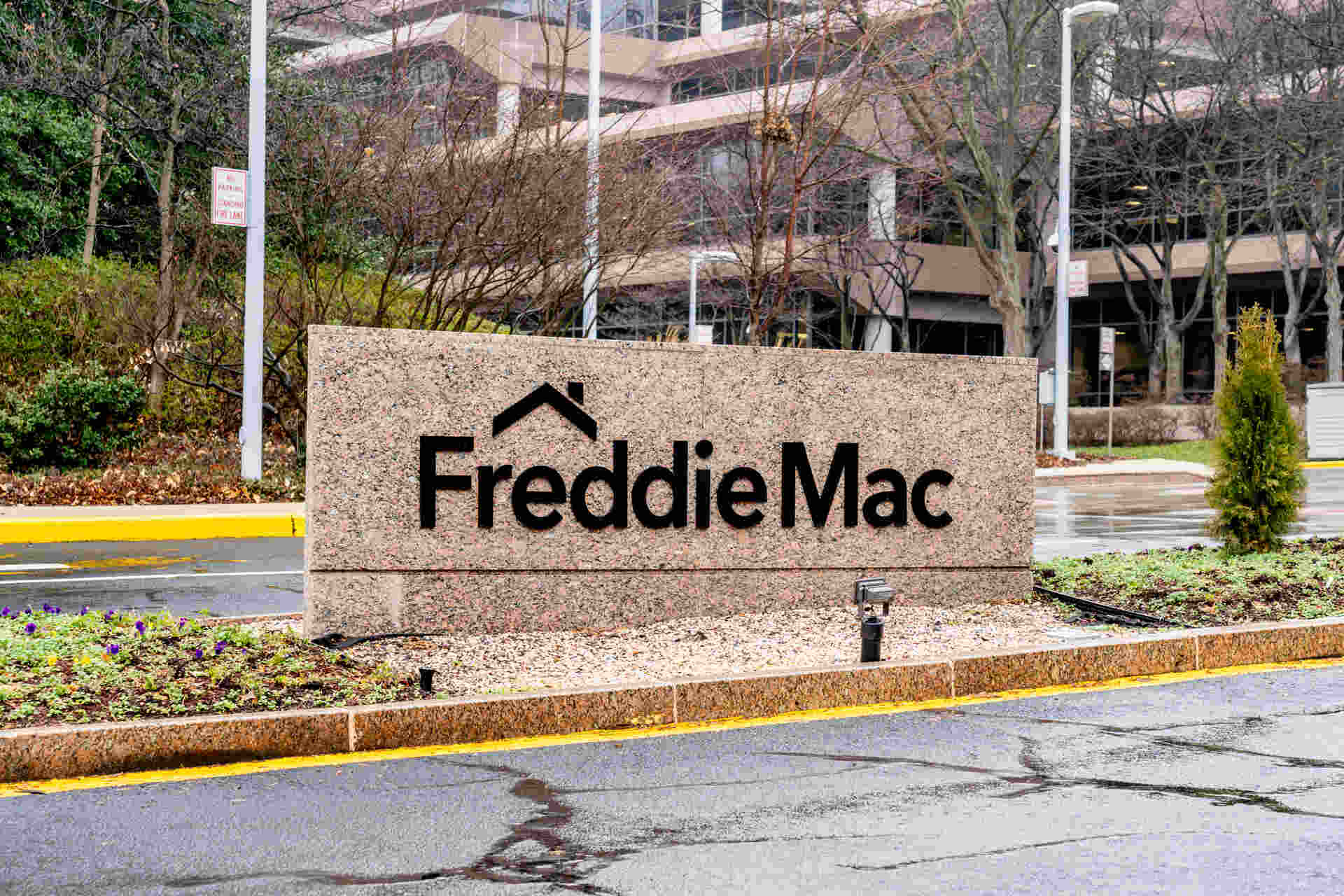Introduction to Conventional Loans – Complete Guide
- Shnair Tech
- December 28, 2023
- 6:54 pm
Buying a home is exciting, but the mortgage maze can feel daunting. Let’s shed some light on one of the most common paths: conventional loans!
Table of Contents
Toggle
Think of a conventional loan like a mortgage not backed by the government. It’s offered and funded by private lenders, like banks or credit unions. Now, let’s break down the key benefits and types to understand if it’s the right fit for you.
What is Conventional Loan?

A conventional loan is a home loan funded by a bank or credit union, not backed by the government. This offers flexibility in terms and potentially lower rates, but requires good credit and a solid financial picture. Simply put, it’s buying your home with your own money, using a private lender’s help.
Benefits of Owning Your Dream with a Conventional Loan:
Potentially lower interest rates:
Compared to government-backed loans, conventional loans often offer more competitive rates, especially for borrowers with good credit.
Flexibility:
Choose from a variety of loan terms and options, like fixed or adjustable rates, to match your budget and future plans.
Lower down payments:
Depending on your credit score and loan type, you might need as little as 3% down, making homeownership more accessible.
Faster closing times:
With private lenders handling the process, it could be quicker to get your keys in hand.
Types of Conventional Loans:
Conforming Loans:
These are the “basic” conventional loans that follow strict rules set by Fannie Mae and Freddie Mac.
Think of them as the vanilla ice cream of loans: reliable, widely available, and often with lower interest rates. However, there’s a limit on how much you can borrow, like a scoop that’s not quite big enough for everyone’s mansion dreams.
Portfolio Loans:
These are more flexible than conforming loans, like a swirl of extra flavors.
They can be bigger (think jumbo scoops) or cater to borrowers with lower credit scores (think sprinkles for those with a few bumps in their financial history). But like any special order, they may come with a slightly higher price tag (higher interest rates).
Jumbo Loans:
These are specifically for the big spenders, the Ben & Jerrys of loans.
They go beyond the conforming loan limits, perfect for those wanting a mansion or living in a pricey area. But be prepared for a bigger down payment and top-notch credit score as entry requirements.
Adjustable-Rate Loans (ARMs):
These loans start with a lower interest rate, like a tempting introductory offer, but the rate can change over time. Think of it like a mystery flavor: exciting at first, but you don’t know what you’ll get later.
Subprime Loans:
These are specifically for borrowers with lower credit scores, like the “second chance” option. They might have higher interest rates and stricter terms, like smaller portions or extra toppings you weren’t expecting
Required Documents for Conventional Loans:
So, you’ve chosen the conventional loan path for your homeownership journey! Now comes the “paperwork party,” where you gather the documents that paint a clear picture of your financial health and the property you’re eyeing.
Don’t fret, here’s a breakdown of what you’ll need to bring to the table:
Find Best Lenders with M5Funding
Income & Employment Proof:
1:W-2s: Show your earned income from the past two years. If self-employed, consider providing tax returns and profit/loss statements.
2:Pay stubs: Recent pay stubs (typically the last two months) showcase your current income flow.
3:Tax returns: The past two or three years’ returns offer a deeper dive into your income and financial situation.
Credit Score & Report:
1;Credit score: A good credit score (generally above 620) indicates your creditworthiness and potentially earns you lower interest rates.
2:Credit report: This document details your credit history, including loans, debts, and payment patterns. Review it for any inaccuracies before submitting.
Proof of Assets:
1:Bank statements: Show your savings, checking, and other relevant accounts for the past few months. This demonstrates your financial stability and ability to handle additional debt.
2:Investment accounts: If you have investment accounts like stocks or bonds, their value can be considered as assets that strengthen your application.
Debt-to-Income Ratio (DTI):
1:Gather your monthly debt payments: This includes mortgages, car loans, student loans, credit card minimums, etc.
2:Calculate your gross monthly income: Combine your income from all sources.
Divide your total monthly debt payments by your gross monthly income. This percentage reveals your DTI. A lower DTI (ideally below 45%) is generally preferred by lenders.
Property Details:
1:Purchase agreement: This legally binding document outlines the terms of your property purchase, including price, closing date, and contingencies.
2:Appraisal: A professional appraisal confirms the property’s fair market value, ensuring both you and the lender are on the same page.
How to Apply for Conventional Loans:
- Shop around: Compare rates and terms from different lenders to find the best deal.
- Pre-qualification: Get an estimate of how much you can borrow before house hunting.
- Gather your documents: Have everything organized to expedite the process.
- Submit your application: Follow your lender’s instructions and answer any questions promptly.



